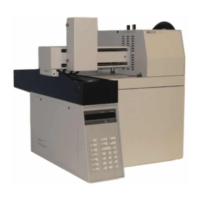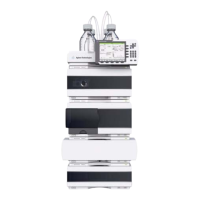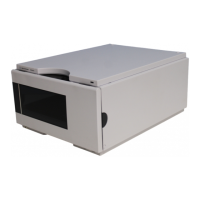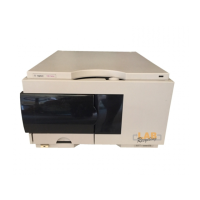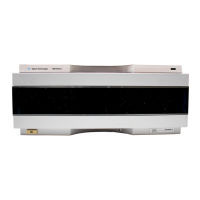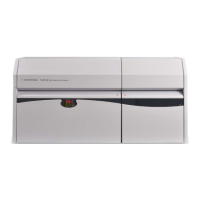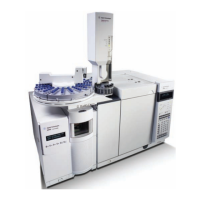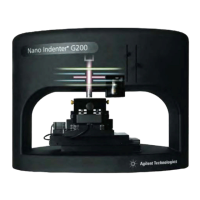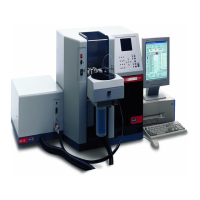26 User Information
Introduction to Headspace and to the G1888 Network Headspace Sampler
Overview of Headspace Analysis
Your new Headspace Sampler is a tool for introducing volatiles
and some semi-volatiles that are contained in liquid or solid
samples into a gas chromatograph. The analytical technique is
called “static headspace gas chromatography.” The term
“headspace” refers to the space above the liquid or solid sample
that you place in a sealed vial. The term “static” means that the
volatiles in the headspace of the vial are at equilibrium with the
same compounds in the liquid or solid sample.
The instrument extracts a reproducible volume of the
headspace and injects it into the carrier gas flowing into the gas
chromatograph. Food, packaging, pharmaceutical products, soil,
and water are often tested to see if they meet quality criteria or
regulatory standards. Fragrances and consumer products are
analyzed using headspace in order to understand their
composition. Forensics laboratories use headspace for
measuring the percent of ethanol in human blood to see if a
driver is legally intoxicated.
The ease with which a sample forms a gaseous headspace
depends on the sample’s “partition coefficient.” See “Developing
Methods” on page 108 for a more thorough explanation. After a
programmed heating time, the headspace gas is extracted from
the vial and injected into a GC for analysis.
There are two means of extracting the headspace gas from the
vial—single or Multiple Headspace Extraction (MHE). With
single headspace extraction, only one sample of gas is taken
from each sample vial. Single headspace extraction is the
standard method. It is used for samples that are readily volatile
or for which there are no matrix effects or limited matrix
effects. Quantitative analysis can be performed by using
suitable internal or external standards.
MHE is used for headspace samples for which no calibration
standard can be prepared easily (for example, solid samples) or
for highly volatile compounds in liquids, where the method of
standard addition is difficult because of losses due to
evaporation. MHE takes several headspace samples from each
vial. With each extraction, the concentration of the volatile
medium_standard.book Page 26 Tuesday, February 17, 2004 10:14 AM
